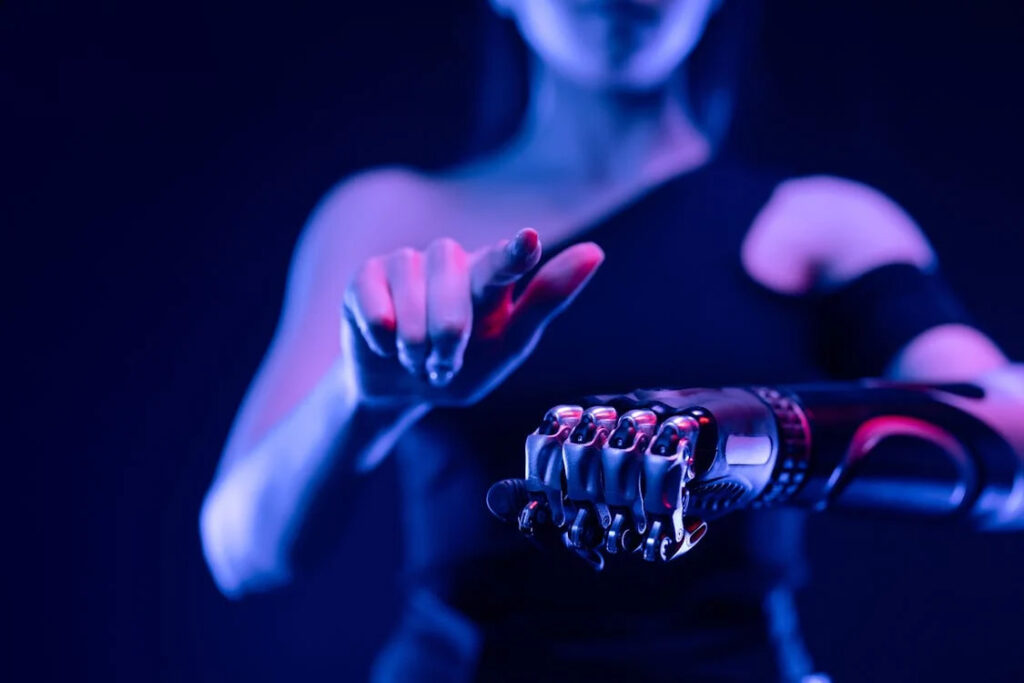GPT-4o Unveiled: Bridging the Gap Between Artificial Intelligence and Human Emotion

OpenAI’s GPT-4o is yet another leap in the domain of artificial intelligence. While targeted more towards natural user communication, the GPT-4o model (“o” for “omni”) now strides forward with an unparalleled fusion of linguistic and emotional intelligence, literally rebuilding the playing field in human-computer interaction. This new model will not just boost conversational capabilities of AI but also prescribe capabilities to mimic human emotions and behaviors. With this comes opportunities and ethical implications.
The Human Touch in AI
GPT-4o marks a massive leap in AI to mimic human-like interactions. With a more advanced set of algorithms under the hood, this version of the favorite ChatGPT chatbot is now capable of simulating voice conversations with the user in almost real time. More eye-catching is that it can exhibit personality traits, including friendliness, empathy, and engagement. In OpenAI’s demo, GPT-4o was observed making jokes, singing songs, and even adjusting its answers accounting for user body language and the emotional tone of the conversation. All of this created with an eye toward making interactions with AI more efficient and more delightful, and, therefore, more human and less machine-like for users. It’s a strategy that looks at the reconceptualization of user experiences for the user to have the feeling that they are talking to a human rather than a machine. By embedding AI with emotional intelligence, GPT-4o closes the gap between digital and personal, establishing a new standard for user-centered AI design.
Ethical Implications of Emotional AI
The more human-like AI systems, such as GPT-4o, become in their imitation of human emotion, the deeper the discussions around ethical implications of such technologies become. Such cunning manipulation of human affections and sociology by emotionally intelligent AIs could have disastrous consequences. It will lead to an attachment with the system, and users will not be able to differentiate the machine from the human. This is when users are manipulated and brought into the dependencies created with a psychological impact. The general implications of such charismatic and emotionally intelligent AIs lie in the gray area, though of course.
Comparisons to Sci-Fi and Real-World Applications
The capabilities of GPT-4o have drawn comparisons with the AI depicted in the 2013 science-fiction movie “Her,” where a human forms a deep, emotional bond with an AI system. Such comparisons may be a bit leaning towards speculative, but they underline the high potential of AI to control human emotion and relationships. Concretely, emotional AI will revolutionize fields such as customer service, therapy, and education, where understanding and responding to human emotional cues is paramount.
Expansion and Accessibility
GPT-4o is not just about how emotional its intelligence is; it is also about how AI gets expanded in its utility across different communication modalities. This iteration builds on text, image, and audio to add video and become even more interactive. In addition, GPT-4o eradicates all the paywalls that its predecessors had and is available to everyone, free to use under the ChatGPT free subscription tier. This democratization of advanced AI technology could considerably broaden access and impact in multiple service orchestration sectors.
GPT-4o is a glaring example of the pace of development that AI technology is witnessing, with an ever-increasing confluence into human-like emotional intelligence. While it opens up rich opportunities for better user interaction and greater AI application, it also asks for stringent introspection into the ethical dimensions of such technologies. As AI moves from the realm of science fiction into reality, innovation must be balanced with responsibility; it should be developed and used in a way that conforms to societies’ values and priorities. The journey of AI toward more human-like interaction is only beginning, and GPT-4o is a big step on this way.

